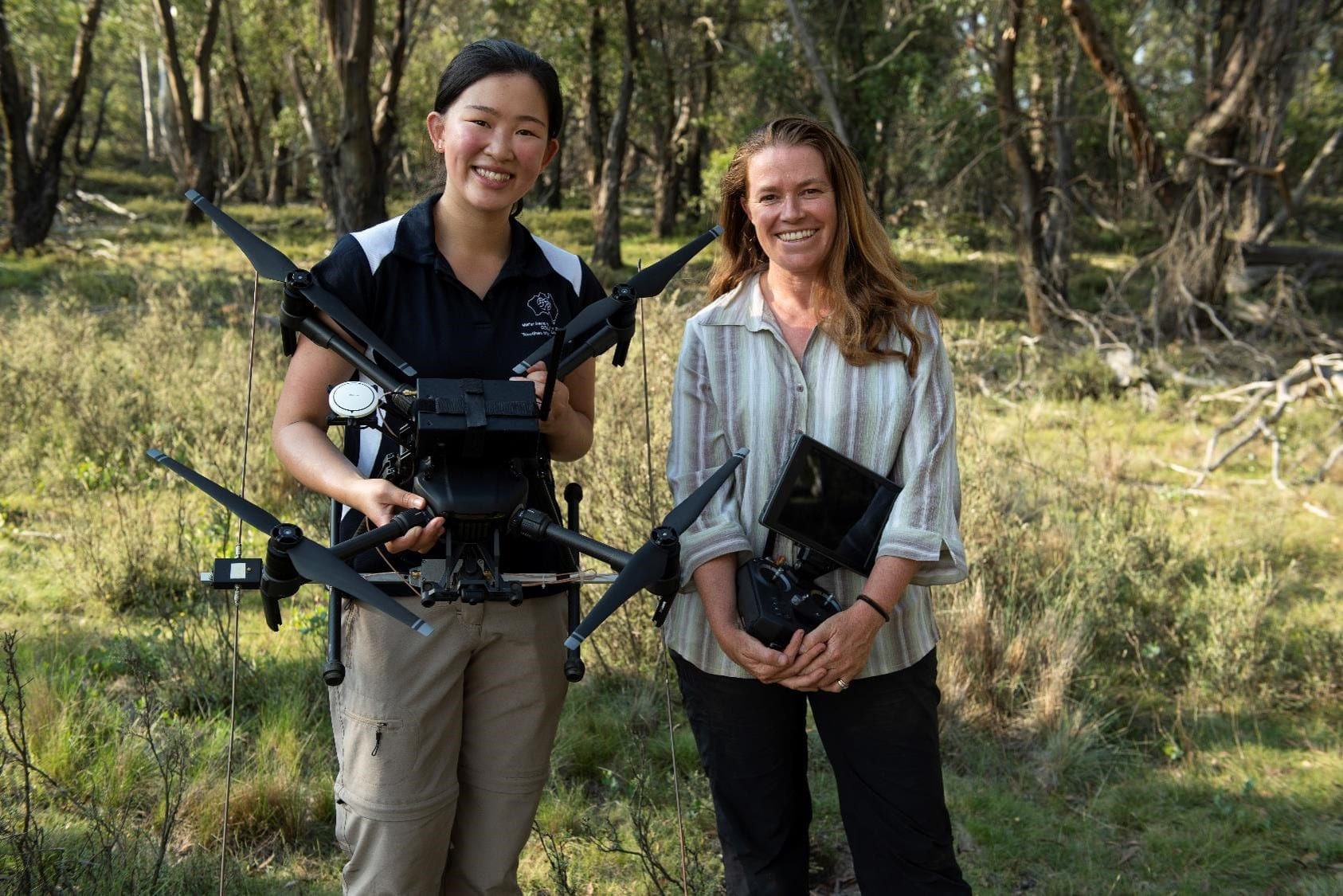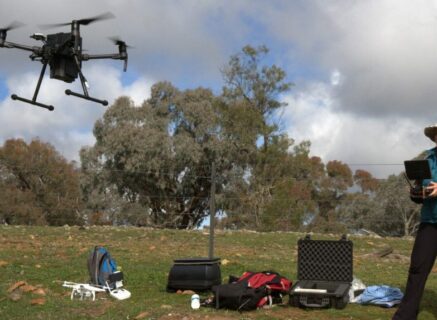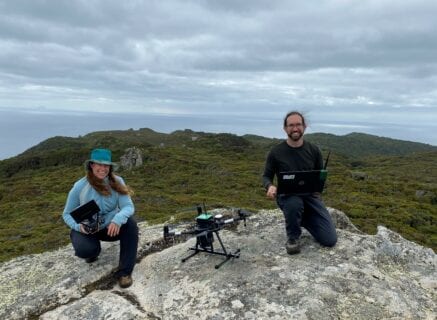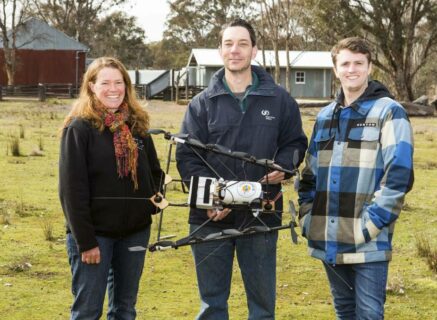Rhino horn implant tags
TAG TESTING
Wildlife Drones were sent rhino horn implant tags from South Africa to test with our radio-tracking system. These discreet, long-range wildlife transmitters are designed to help conservationists monitor and protect these endangered animals from poachers.
The implant tag is embedded inside the rhino’s horn through a minimally invasive procedure. This method has little impact on the horn itself and does not hinder the rhino’s movements unlike other tagging methods.
In order to simulate radio-tracking a real rhino with our system, we first needed to build a fake horn. Our industrial designer, built the horn out of sheets of plywood that were of a similar density to rhino horns. The life-sized horn could also be split in half so that the implant tag could be easily accessed.
By building this replica horn, we were able to test and collect valuable data on the detection distance of the implant tag when tracked with Wildlife Drones.

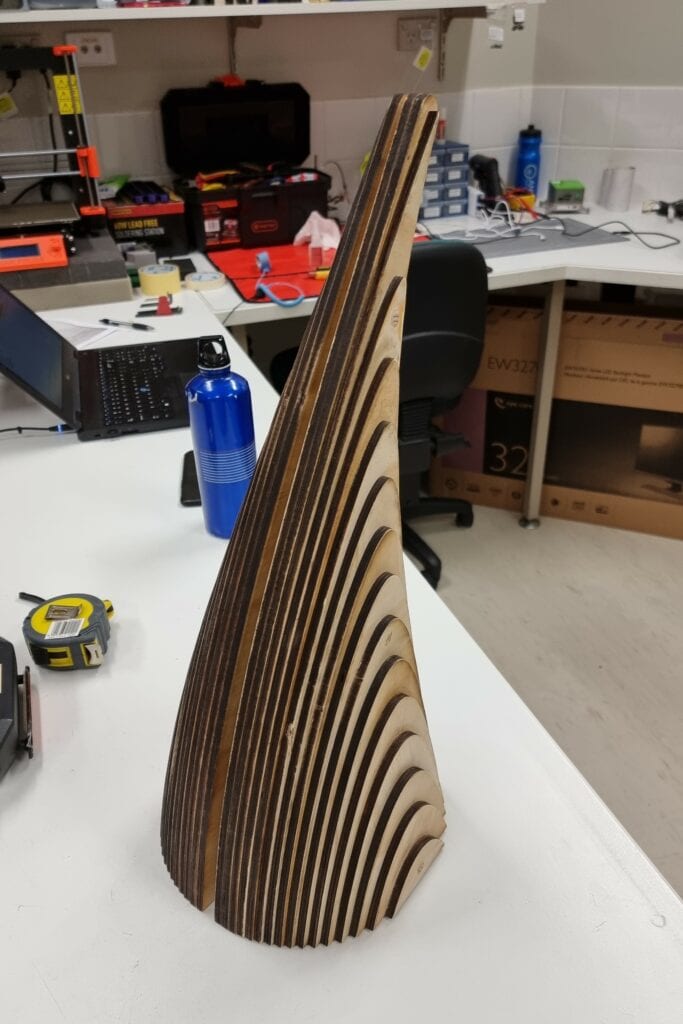
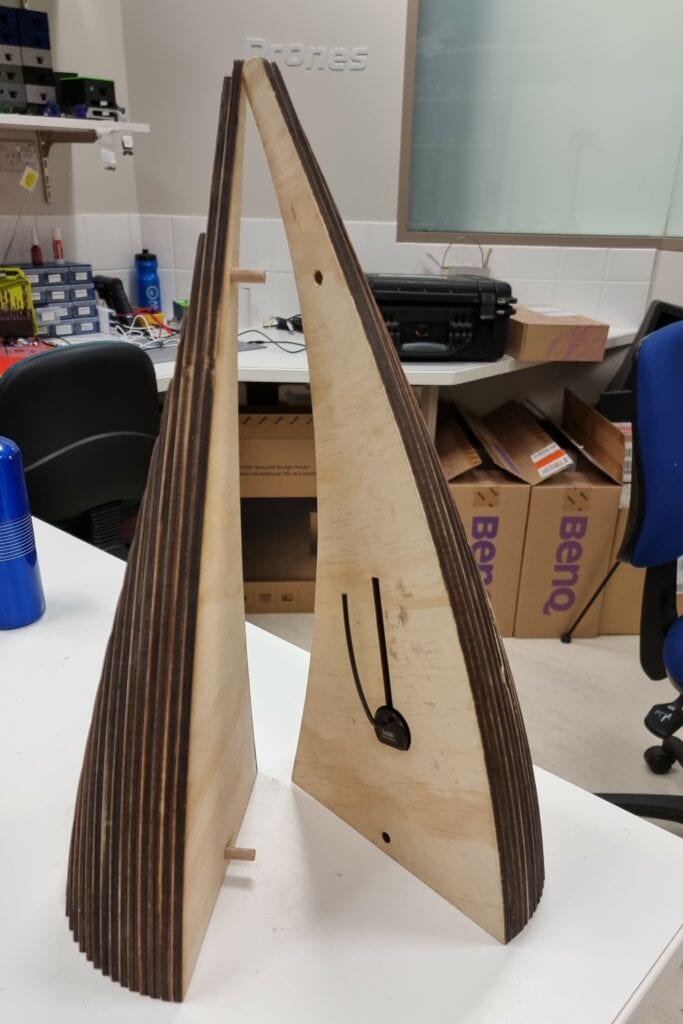
Categories: #ThreatenedSpecies

